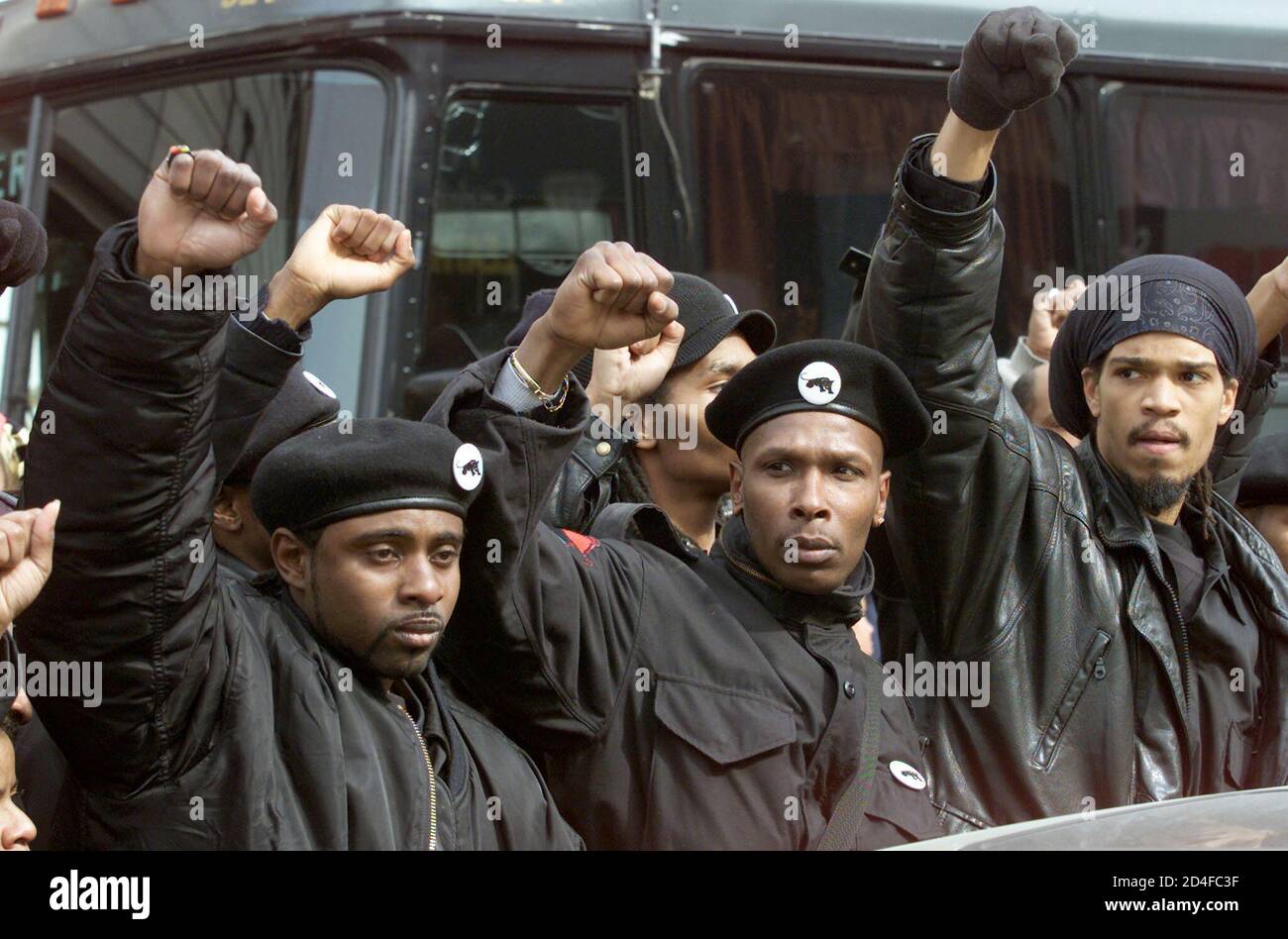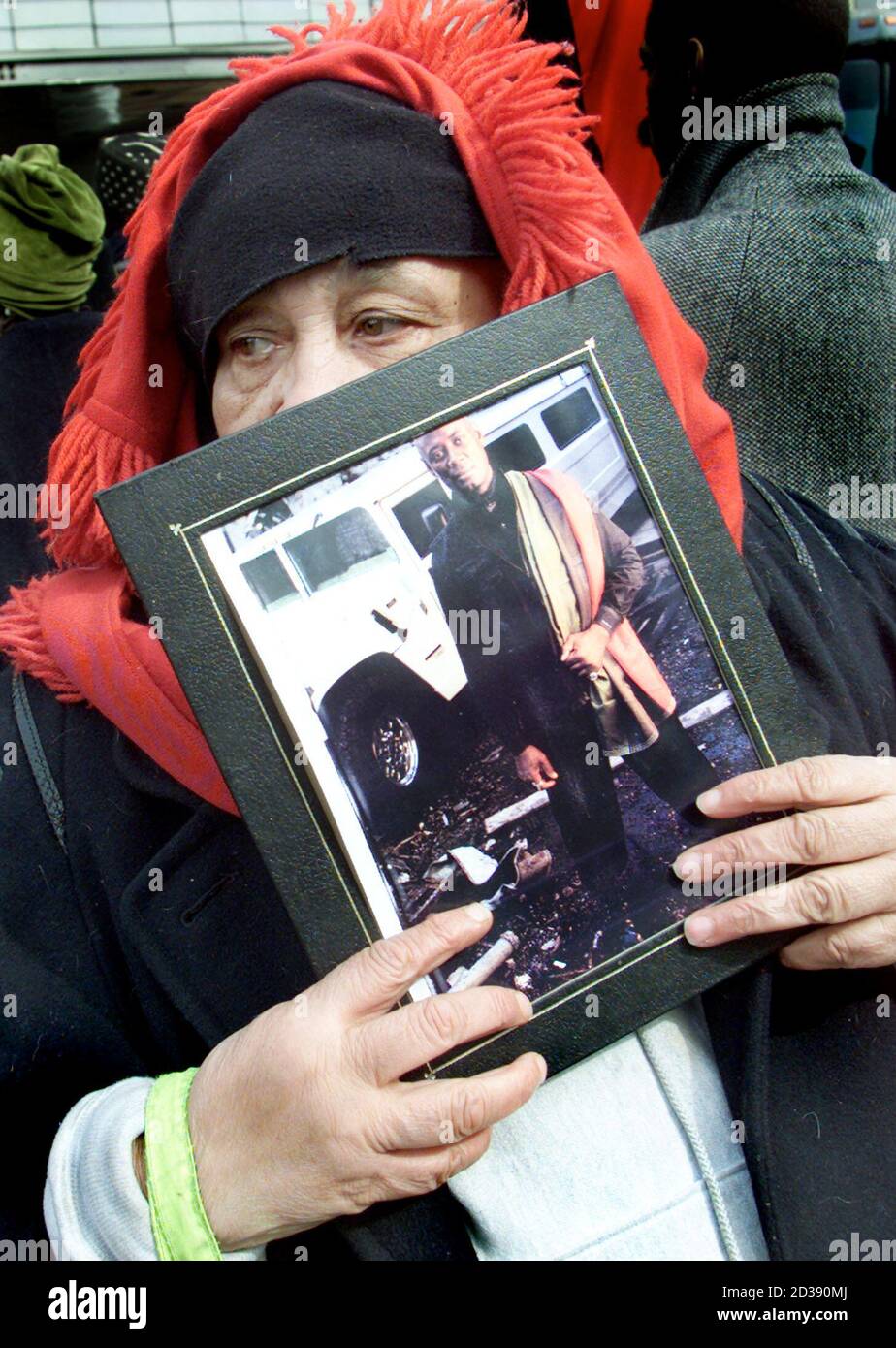
"I was responsible for the 9/11 operation, from A to Z," he said.

The Senate report described him as deeply resistant, frustrating interrogators with lies and fabrications, while giving up relatively general information.īut following his transfer to Guantanamo in September 2006, he proudly confessed to the military court and compared himself to George Washington, fighting to escape oppression. Over four weeks, he was subjected to waterboarding 183 times, as well as to sleep deprivation, repeated slamming against a wall, "rectal rehydration," and other harsh techniques.

"Highly educated and equally comfortable in a government office or a terrorist safehouse, KSM applied his imagination, technical aptitude, and managerial skills to hatching and planning an extraordinary array of terrorist schemes," the 9/11 Commission report said.Īfter the attacks, Mohammed was captured in Rawalpindi, Pakistan in March 2003 and taken by the CIA to a black site in Poland for interrogation. It was then that he first proposed the 9/11 attacks to bin Laden. Yousef was arrested in Pakistan after the first attempt failed, while Mohammed lay low in Qatar before relocating to Pakistan in 1996 to evade a US search. After that, the two joined hands with a plan to blow up US-bound jetliners flying from the Philippines. Working for the Qatar government in the early 1990s, Mohammed appears to have been inspired to action by a nephew, Ramzi Yousef, who undertook the bombing of New York's World Trade Center in 1993. He learned English well enough to study mechanical engineering at a US university.īy the time he graduated in 1986, he was already a Muslim hard-liner. The official 9/11 Commission report and a Senate report about the CIA's torture program describe the 56-year-old "KSM" as a capable and bloodthirsty lieutenant of bin Laden.Ī Pakistani citizen, he was raised in Kuwait.

He walked in easily, chatting with a fellow defendant in the death-penalty case, and knelt on a small carpet between the tables for prayers. Most people know him by the photograph taken of his capture, his thick body clothed in a nightshirt, wearing a thick moustache and disheveled hair.Īppearing in the Guantanamo military courtroom for the first time in over 18 months this week, Mohammed was thinner, with a long, greying red-dyed beard, wearing more traditional Pakistani dress.

Ali Soufan, a former FBI agent who investigated the attacks, calls Mohammed a "wild-eyed killer" whose "demented" plotting set him apart from others in Al-Qaeda.


 0 kommentar(er)
0 kommentar(er)
